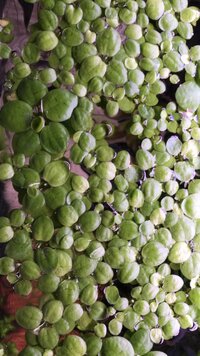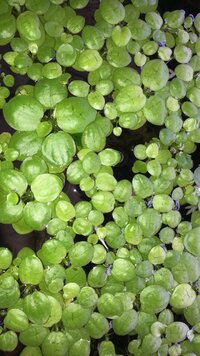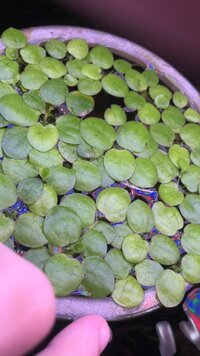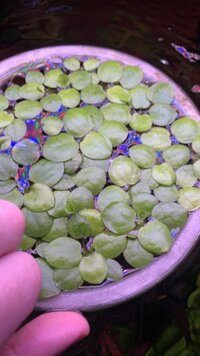xZaiox
Member
Hi all,
I'm in the process of trying to figure out what's going on in my tank, and I wanted to see if anybody here can 'read' what my plants are telling me?
First off, there is a very obvious chlorosis on some of the new growth, but I'm interested in why much of the leaves are warped - in parts they look pinched, some have leaves folded over, some are crinkled, and many just don't appear to be properly formed. My ludwigia glandulosa and limnophilia sheds their lower leaves, and my s.repens appears to be displaying interveinal chlorosis in parts, as opposed to entire leaf.
My tank is 180 litres, I'm running a twinstar 900s currently dimmed to 40% intensity. Substrate is Seachem's Flourite. I'm running CO2 with a pH drop from 8.2 to roughly 6.7, this has been tested with both liquid pH test kits and a pH pen, and is also accompanied by 2 yellow drop checkers. I switched to using a co2 reactor, so I now know that CO2 micro bubbles aren't getting in the drop checkers and giving false readings. The pH is stable within 0.1 from the start of the day, to the end, and is at the correct level at lights-on. My main filter has a flow rate of 1450 L/H, I have a second filter with a rate of 550 L/H, and I have an adjustable wavemaker that can go upto 2000 L/H (it isn't set to max though). Basically, my CO2 seems high, and I have lots of flow. The leaves on all plants sway in the flow, and I would struggle to accept this as being a CO2 issue. The drop checkers have been moved around the tank and display the same colour anywhere they are placed.
I initially started out using a standard EI dosing kit from aquariumplantfood, but these issues developed. I tried changing certain parameters one at a time - I've increased potassium dosing to 30ppm, no luck. I increased PO4 to 7ppm, this seemed to reduce green spot algae but didn't fix poor plant growth, I tried increasing magnesium to 20ppm (after reading about Ca:Mg ratios), but this made no difference either. I've been informed in a previous post that this seems like an iron deficiency, well I've tried dosing upto 1ppm per week and it's still here. I've tried different chelators including EDTA, DTPA, EDDHA and EDDHSA. I also read about gluconate being a more bioavailable form for plants, and so I tried a mix of 0.2ppm DTPA Fe and 0.5ppm gluconate, this did not work either. I was also informed it may be manganese, I've dosed upto 0.3ppm Mn and this didn't help either.
I've had concerns about whether it may be a toxicity of some kind, and perhaps a leaner approach may work better... well I've been told the Tropica line of ferts have a great balance and are a good gold-standard to use, so I figured "hey, I'll just see if this works, then I should know whether or not it's my mix". I did an 80-90% water change and have now been using their 'specialised nutrition' fert for just under a week and my plants seem to be getting worse. I will be continuing for at least 2-3 weeks to properly analyse response, but it's not looking good so far.
I'm doubtful that it's related to nitrogen. My tap water apparently contains on average 19ppm, and I have a high stocking of fat fish that eat a lot. I dosed upto 30ppm of KNO3, and also tried completely stopping nitrate, it makes no difference either way.
My tap water is fairly hard, testing at around 20 dGH and 10 dKH. It seems many people have harder water though and still have success, so I'm uncertain about blaming the water supply. Does anyone have any suggestions? I'm running out of ideas here

I'm in the process of trying to figure out what's going on in my tank, and I wanted to see if anybody here can 'read' what my plants are telling me?
First off, there is a very obvious chlorosis on some of the new growth, but I'm interested in why much of the leaves are warped - in parts they look pinched, some have leaves folded over, some are crinkled, and many just don't appear to be properly formed. My ludwigia glandulosa and limnophilia sheds their lower leaves, and my s.repens appears to be displaying interveinal chlorosis in parts, as opposed to entire leaf.
My tank is 180 litres, I'm running a twinstar 900s currently dimmed to 40% intensity. Substrate is Seachem's Flourite. I'm running CO2 with a pH drop from 8.2 to roughly 6.7, this has been tested with both liquid pH test kits and a pH pen, and is also accompanied by 2 yellow drop checkers. I switched to using a co2 reactor, so I now know that CO2 micro bubbles aren't getting in the drop checkers and giving false readings. The pH is stable within 0.1 from the start of the day, to the end, and is at the correct level at lights-on. My main filter has a flow rate of 1450 L/H, I have a second filter with a rate of 550 L/H, and I have an adjustable wavemaker that can go upto 2000 L/H (it isn't set to max though). Basically, my CO2 seems high, and I have lots of flow. The leaves on all plants sway in the flow, and I would struggle to accept this as being a CO2 issue. The drop checkers have been moved around the tank and display the same colour anywhere they are placed.
I initially started out using a standard EI dosing kit from aquariumplantfood, but these issues developed. I tried changing certain parameters one at a time - I've increased potassium dosing to 30ppm, no luck. I increased PO4 to 7ppm, this seemed to reduce green spot algae but didn't fix poor plant growth, I tried increasing magnesium to 20ppm (after reading about Ca:Mg ratios), but this made no difference either. I've been informed in a previous post that this seems like an iron deficiency, well I've tried dosing upto 1ppm per week and it's still here. I've tried different chelators including EDTA, DTPA, EDDHA and EDDHSA. I also read about gluconate being a more bioavailable form for plants, and so I tried a mix of 0.2ppm DTPA Fe and 0.5ppm gluconate, this did not work either. I was also informed it may be manganese, I've dosed upto 0.3ppm Mn and this didn't help either.
I've had concerns about whether it may be a toxicity of some kind, and perhaps a leaner approach may work better... well I've been told the Tropica line of ferts have a great balance and are a good gold-standard to use, so I figured "hey, I'll just see if this works, then I should know whether or not it's my mix". I did an 80-90% water change and have now been using their 'specialised nutrition' fert for just under a week and my plants seem to be getting worse. I will be continuing for at least 2-3 weeks to properly analyse response, but it's not looking good so far.
I'm doubtful that it's related to nitrogen. My tap water apparently contains on average 19ppm, and I have a high stocking of fat fish that eat a lot. I dosed upto 30ppm of KNO3, and also tried completely stopping nitrate, it makes no difference either way.
My tap water is fairly hard, testing at around 20 dGH and 10 dKH. It seems many people have harder water though and still have success, so I'm uncertain about blaming the water supply. Does anyone have any suggestions? I'm running out of ideas here
Attachments
-
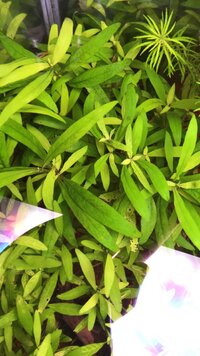 hygro1.jpg213.3 KB · Views: 734
hygro1.jpg213.3 KB · Views: 734 -
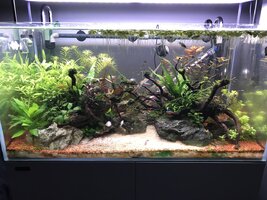 overall tank shot.jpg346.3 KB · Views: 128
overall tank shot.jpg346.3 KB · Views: 128 -
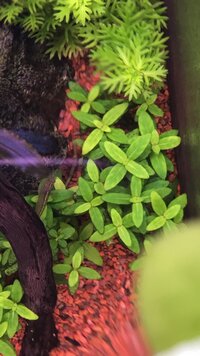 s.repens interveinal chlorosis.jpg195.6 KB · Views: 129
s.repens interveinal chlorosis.jpg195.6 KB · Views: 129 -
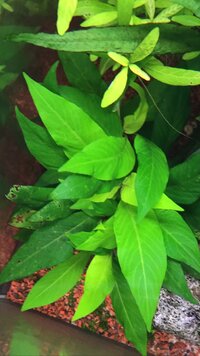 h.compacta.jpg181.5 KB · Views: 120
h.compacta.jpg181.5 KB · Views: 120 -
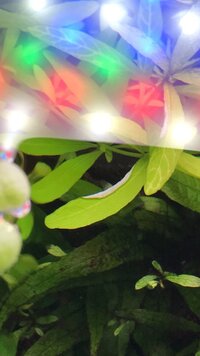 curled leaf.jpg130.6 KB · Views: 122
curled leaf.jpg130.6 KB · Views: 122 -
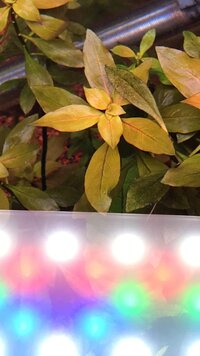 l.glandulosa.jpg145.7 KB · Views: 116
l.glandulosa.jpg145.7 KB · Views: 116 -
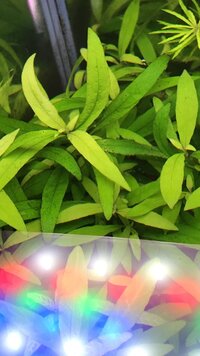 hygro3.jpg164.6 KB · Views: 115
hygro3.jpg164.6 KB · Views: 115 -
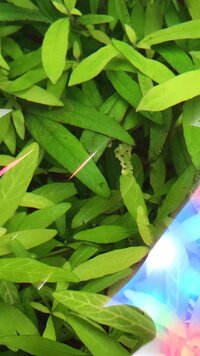 hygro2.jpg161.5 KB · Views: 115
hygro2.jpg161.5 KB · Views: 115
Last edited:


